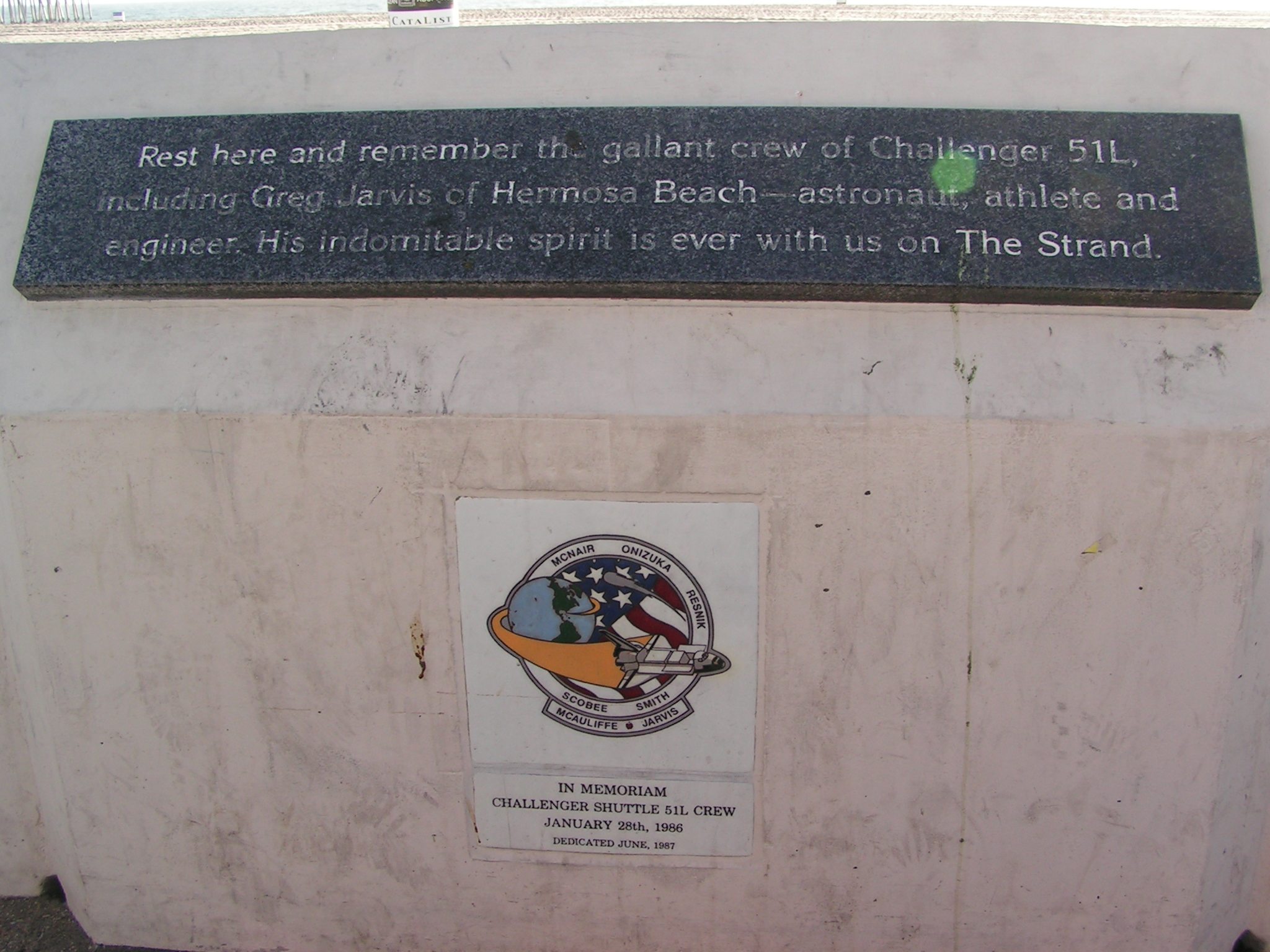1. Early Life and Education
Gregory Bruce Jarvis's early life and educational journey laid the foundation for his distinguished career as an engineer and astronaut.
1.1. Birth and Upbringing
Gregory Bruce Jarvis was born on August 24, 1944, in Detroit, Michigan, to Bruce and Ellen Jarvis. He later married Marcia C. Jarvis.
1.2. Education
Jarvis graduated from Mohawk Central High School in Mohawk, New York, in 1962. This school was later renamed Gregory B. Jarvis High School and eventually became Gregory B. Jarvis Middle School in his honor. He pursued higher education, earning a Bachelor of Science degree in electrical engineering from the State University of New York at Buffalo in 1967. Two years later, in 1969, he completed a Master of Science degree in the same discipline from Northeastern University in Boston, Massachusetts.
2. Career
Jarvis's professional life included dedicated military service and significant contributions as an engineer before his selection as an astronaut.
2.1. Military Service
Following his graduate studies, Jarvis joined the United States Air Force in 1969. He served until 1973, achieving the rank of Captain before being honorably discharged.
2.2. Civilian Career and Astronaut Selection
After his military service, Jarvis began working for Hughes Aircraft Company. In June 1984, he was one of two Hughes Aircraft employees chosen as candidates for the Space Shuttle program. His role was to serve as a payload specialist, with plans to conduct experiments focused on the effects of weightlessness on fluids. Jarvis was initially scheduled for a shuttle flight in April 1985, but his spot was taken by United States Senator Jake Garn. His flight was rescheduled for early January 1986, but he was again replaced, this time by United States Representative Bill Nelson.
3. Space Shuttle Program and Challenger Disaster
Gregory Jarvis's involvement in the Space Shuttle program culminated in the tragic STS-51-L mission.
3.1. STS-51-L Mission
Jarvis was designated as payload specialist 2 for the STS-51-L mission. The mission was launched from the Kennedy Space Center in Florida at 11:38:00 EST on January 28, 1986. The crew aboard the Space Shuttle Challenger included Commander Dick Scobee, pilot Michael J. Smith, mission specialists Dr. Ronald McNair, Lt. Col. Ellison Onizuka, Dr. Judith Resnik, and fellow civilian payload specialist Christa McAuliffe.
3.2. Challenger Disaster
Just 73 seconds after launch, the Space Shuttle Challenger broke up, resulting in the catastrophic failure of the mission and the loss of all seven crew members. Gregory Jarvis was 41 years old at the time of his death.
3.3. Recovery and Disposition of Remains
Following the disaster, search and salvage operations were conducted to recover the remains of the seven astronauts. The bodies of all crew members were eventually discovered in the crew decks on the ocean floor. Jarvis's body was found in the lower mid-deck alongside those of Ronald McNair and Christa McAuliffe. During the complex salvage operations to raise the crew deck from the ocean floor, Jarvis's body unexpectedly escaped from the wreckage, floated to the surface, and then disappeared back into the sea. On April 15, 1986, during the final scheduled attempt to recover wreckage, his body was rediscovered and brought ashore. Gregory Jarvis was cremated, and his ashes were subsequently scattered in the Pacific Ocean.
4. Personal Life
Gregory Jarvis was married to Marcia C. Jarvis.
5. Legacy and Commemoration
Gregory Bruce Jarvis is honored through various memorials, posthumous recognitions, and cultural depictions that preserve his memory and acknowledge his contributions.
5.1. Honors and Memorials

Several places and structures have been named in honor of Gregory Jarvis. The East Engineering building on the University at Buffalo (SUNY) north campus was renamed Jarvis Hall after his death. In the spring of 1986, before the university officially named the building, four students demonstrated their support by scaling the building and affixing a sign bearing the name "Jarvis Hall" to its side. The students involved were Keith "Vedge" Tannenbaum, Space Mann, Little Jeffrey Brenner, and Joseph "Sneetch" Kuperberg. They purchased plywood and stencils to paint the sign before attaching it late at night. The name was officially recognized with a dedication ceremony in 1987. Jarvis Hall is primarily dedicated to Aerospace Engineering and engineering support services.

In 1988, a crater on Earth's Moon was named Jarvis in his honor. His former high school in Mohawk, New York, was renamed Gregory B. Jarvis Jr/Sr High School, and is now known as the Gregory B. Jarvis Middle School within the Central Valley Central School District. A sculpture titled "Jarvis Memorial," created by SUNY at Buffalo faculty member emeritus Tony Paterson, was commissioned by SUNY at Buffalo to commemorate Jarvis and is part of the university's art collection. Additionally, the hydropower-producing dam on Hinckley Lake, New York, operated by the New York Power Authority, bears his name as the Gregory B. Jarvis Dam.
5.2. Posthumous Recognition
On July 23, 2004, Gregory Jarvis was posthumously awarded the Congressional Space Medal of Honor by then-U.S. President George W. Bush. This prestigious award recognizes astronauts who have distinguished themselves by exceptionally meritorious efforts and contributions to the welfare of the nation and mankind.
5.3. Cultural Depictions
Gregory Jarvis's story has been depicted in popular culture. He was portrayed by actor Richard Jenkins in the 1990 television movie Challenger, which dramatized the events leading up to and including the Space Shuttle disaster.